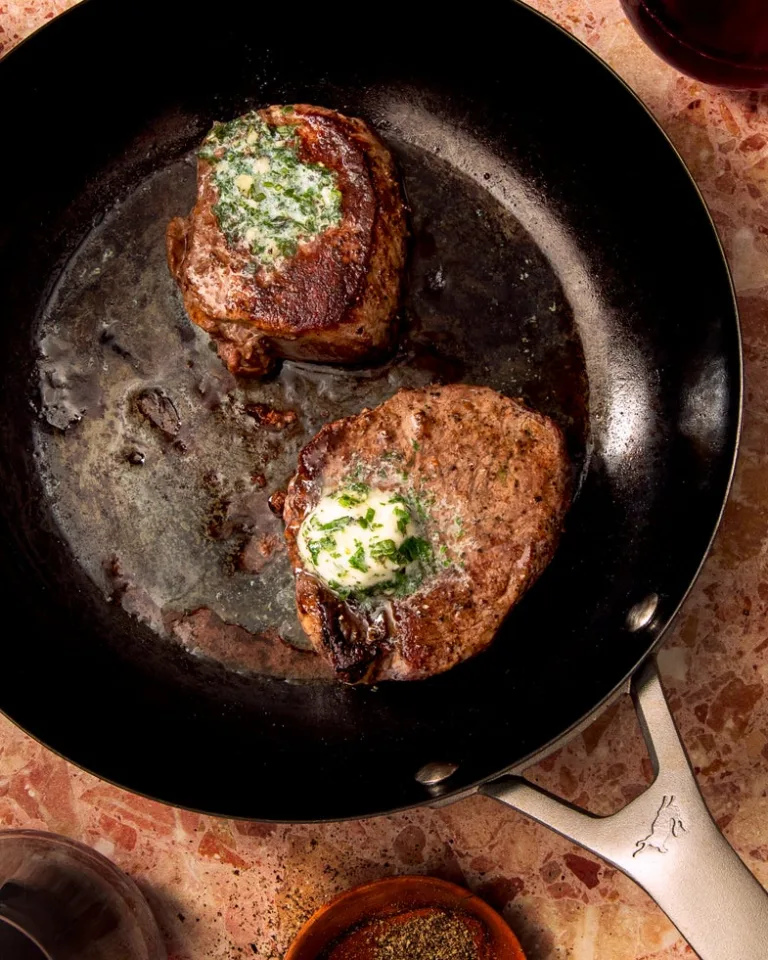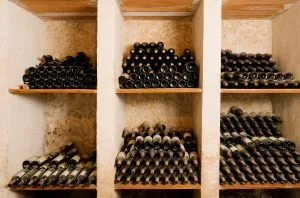Craft, or crafty? Following Anheuser-Busch InBev’s infamous acquisition of Goose Island Beer Company, the difference between fancy beer made by small breweries (craft) and somewhat fancy beers made by corporate macrobreweries (crafty) was a sure point of contention. Nonetheless, many craft beers have stood the test of time, due in no small part to the fact that they’re well-made beverages with lasting mass appeal. While many like to argue that crafty beers are just macro brews with dolled up packaging, it’s hard to make that case against Blue Moon Belgian White.
When a young Keith Villa joined the Coors Brewing Company in the 1980s, he took a break from day-to-day operations to learn about brewing in Brussels, Belgium. There, he discovered that when it comes to brewing, the sky’s the limit. The idea of making beer better was the common thread in his studies, and when Villa landed in Colorado two years later, he arrived unsatisfied with the norm, prepared to brew something that “only comes around once in a blue moon.” So he got to tinkering in their pilot brewery and it wasn’t long before he perfected the recipe for “Belgian Wit #4,” the beer we know today as the orange wheel-garnished, opaque Blue Moon Belgian White.
Today on “Taplines,” Dave Infante is joined by Keith Villa himself to discuss Blue Moon’s historic rise. From the corporate offices in Golden, Colo., to the ballpark brewhouse where he perfected the brand’s soon-to-be smash hit recipe, to the bars nationwide he





